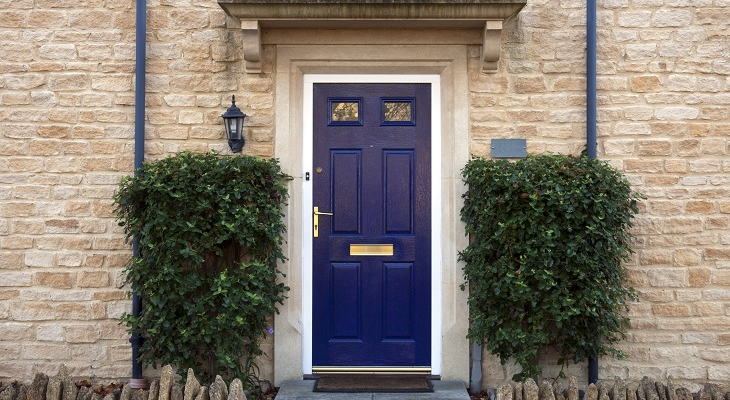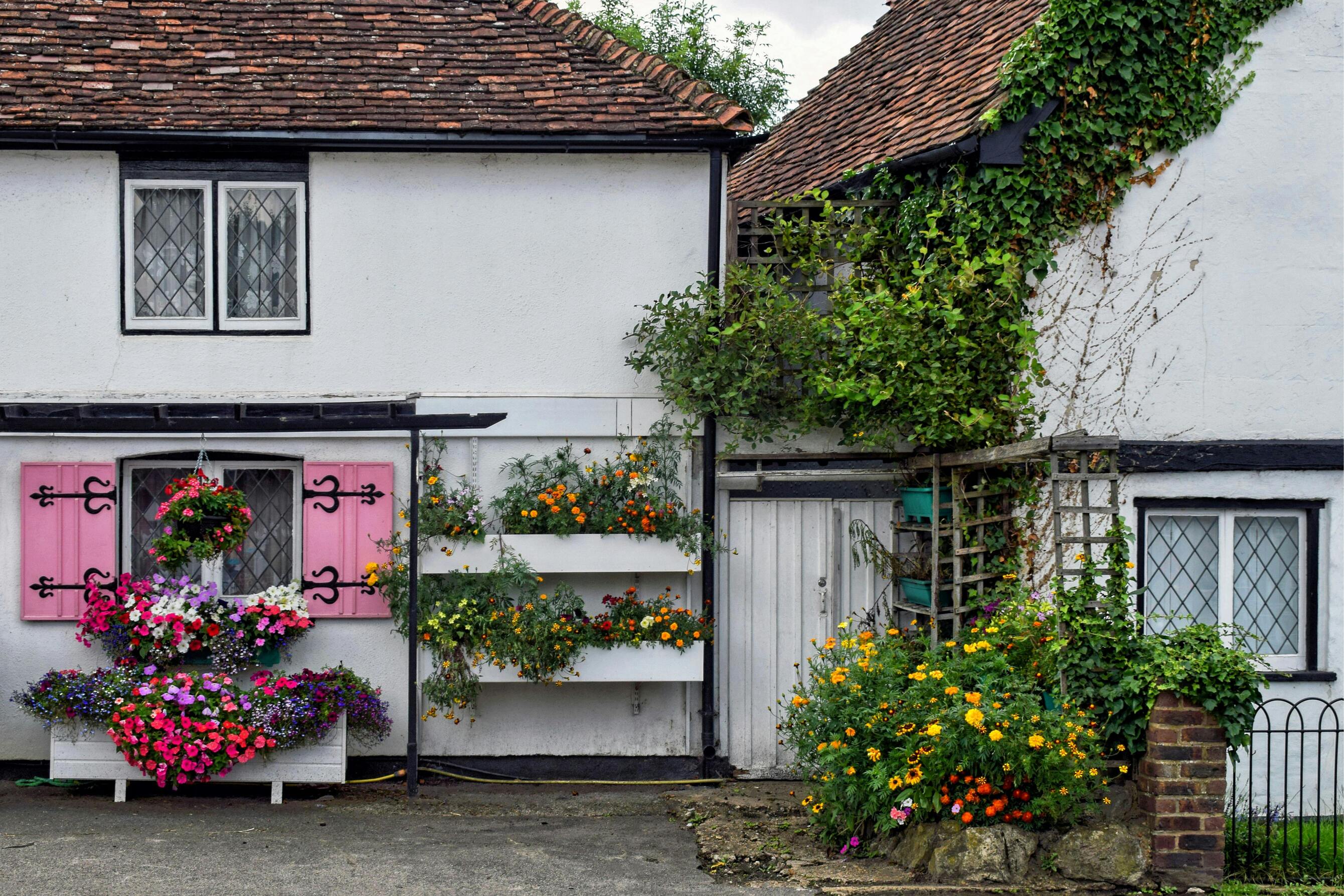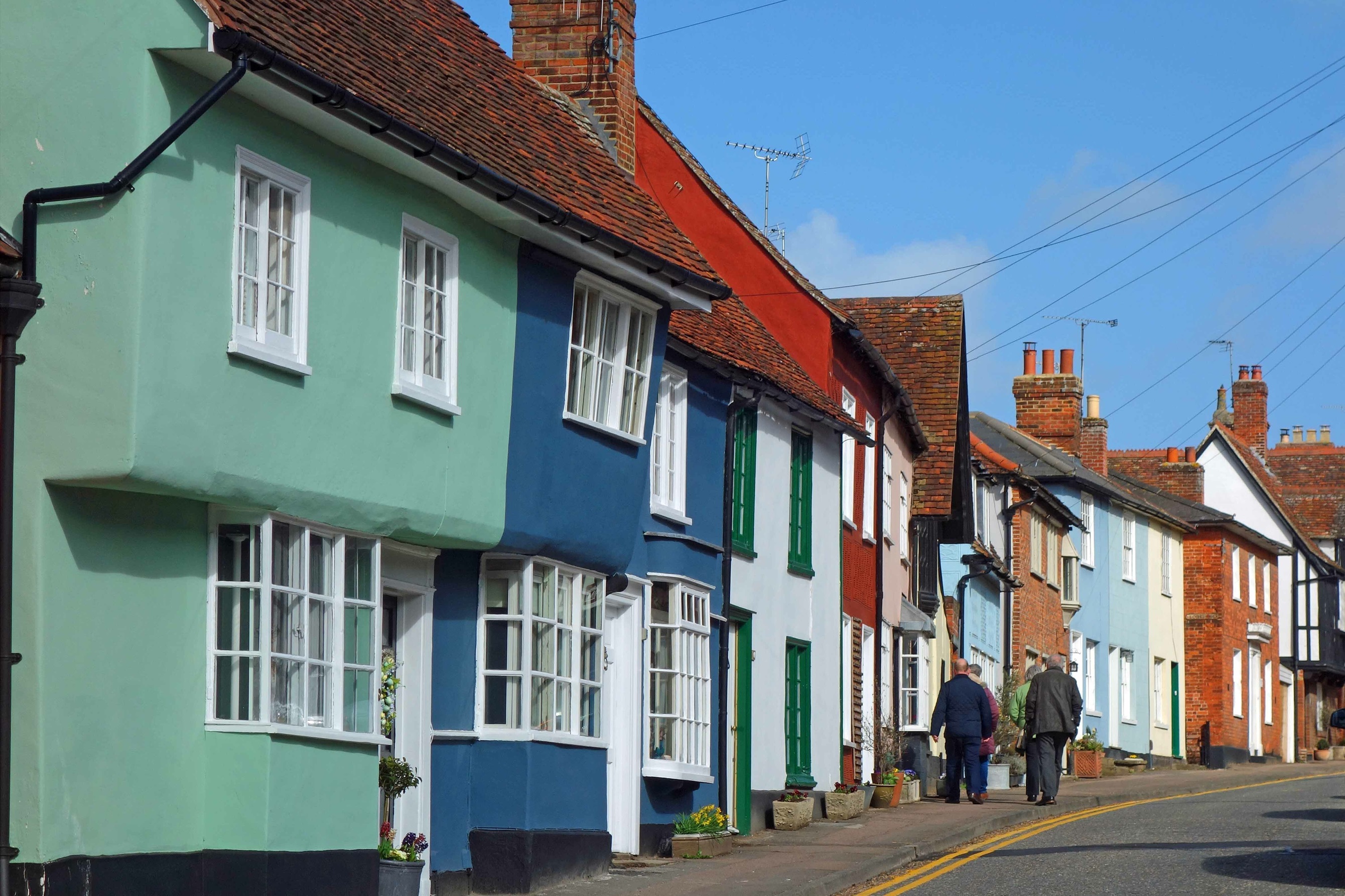 |
A Guide to Finding Your First Home
The decision to buy a place to live for the first time is a big one. Becoming a property owner is a life-changing event; some would argue it’s on a par with getting married or having children.
According to official ONS figures, the average house price for a first-time buyer in the UK in 2020 was £239,000, with regional variations ranging from £132,000 in Newcastle compared to £489,000 in London. The average age of first-time homebuyers in the UK has risen too, currently standing at 34 years.
Getting finance in place is key for first-time buyers, and the new 95% mortgages announced in the March budget should allow more first-timers to get onto the property ladder with a deposit of only 5% of the purchase price. But with a long-term commitment for such large sums of money involved in a property purchase, it’s important to ask the right questions to ensure that the sums invested into bricks and mortar are wisely spent.
For first-time buyers who are new to the property industry, here is some helpful advice on how to find the right home:
Research the area
“Location, location, location” is more than a hackneyed phrase peddled by estate agents. It’s the single most important criteria for choosing your home. A good location makes for a nicer place to live but it also keeps property prices up, a key consideration for when you come to sell your home. Check out local amenities and transport links, local schools, shops and restaurants, all of which add value to the neighbourhood. Research local crime levels (which will impact insurance premiums) and proposed development plans for housing or regeneration.
View many properties
Don’t design the perfect pad in your head and look for it in real life – you’re bound to be disappointed. Rather, make a checklist of ‘must haves’ and ‘nice to haves’ and be prepared to compromise. View as many properties as fall into the ‘maybe’ category and reserve judgement until you’ve seen the place in person. The more you see, the more of an understanding of the local market you will develop in terms of what’s on offer and how much it costs. Don’t be put off by cosmetic flaws or a décor that doesn’t appeal to you – wallpaper and paint colours are easy to change.
View shortlisted properties again
Once you’ve seen a good few properties, some favourites may emerge. Go back for a second viewing, ideally at a different time of day. While problems with a property may be easier to see during daylight hours, visiting in the evening may give you a greater insight into parking issues, or noisy neighbours. Imagine yourself living in the property including your key belongings. Would everything fit? Is there enough space for you and anyone else moving in? It’s a good idea to take a tape measure and take pictures. Does the property offer the lifestyle you would like to lead?
Ask lots of questions
You may be keen to make an offer on your favourite property, but don’t be in too much of a rush. There are some important questions that you need answers to first. Don’t be shy about asking the estate agent anything you need to know – it’s what they’re there for. Find out how long the property has been on the market and what fixtures and fittings will be included in the sale. For leasehold properties, it’s essential to get information about the lease term, service charge and ground rent before you can decide whether to make an offer and for how much.
Make an offer
Only when you are sure that the property ticks most of your boxes are you ready to make an offer. The offer should be conditional upon the home being taken off the market. Once it’s been accepted, you need a conveyancer or property solicitor who can handle the legal work and a surveyor whose job it is to check the building for defects such as damp, roof and gutter problems, timber decay, structural issues, bad plumbing and much more. If your home survey flags up serious problems, you can try and negotiate a price reduction or walk away from the sale. Nothing is legally binding until contracts have been exchanged.
Ask the seller questions
As part of the conveyancing process, the seller will have to fill in a property information form to give the prospective buyer detailed information about the flat or house. If the answers are not satisfactory, make sure you take the initiative to clarify key questions including: How old is the roof? When was the boiler last serviced (and is there a certificate)? When was the wiring last replaced? Are there any big maintenance or repair jobs planned for the communal areas? Now is also the time to find out about utility bills and broadband speeds. Your solicitor should make enquiries regarding any planning proposals in the neighbourhood that you should be aware of.
Working towards the exchange of contracts
When all enquiries have been dealt with and both the seller and the buyer are satisfied with all the information provided, your solicitor will signal that they are ready for contracts to be exchanged. This is the point at which the transaction becomes legally binding, meaning any change of heart about the property now can cost you dearly. A 10% deposit is typically paid at exchange, with the rest of the funds due on completion – the day when the property goes into your ownership, and you get the keys to your very first home.
Contact us today
Are you searching for your very first home? Get in touch with your local Guild Member today to begin your journey.






